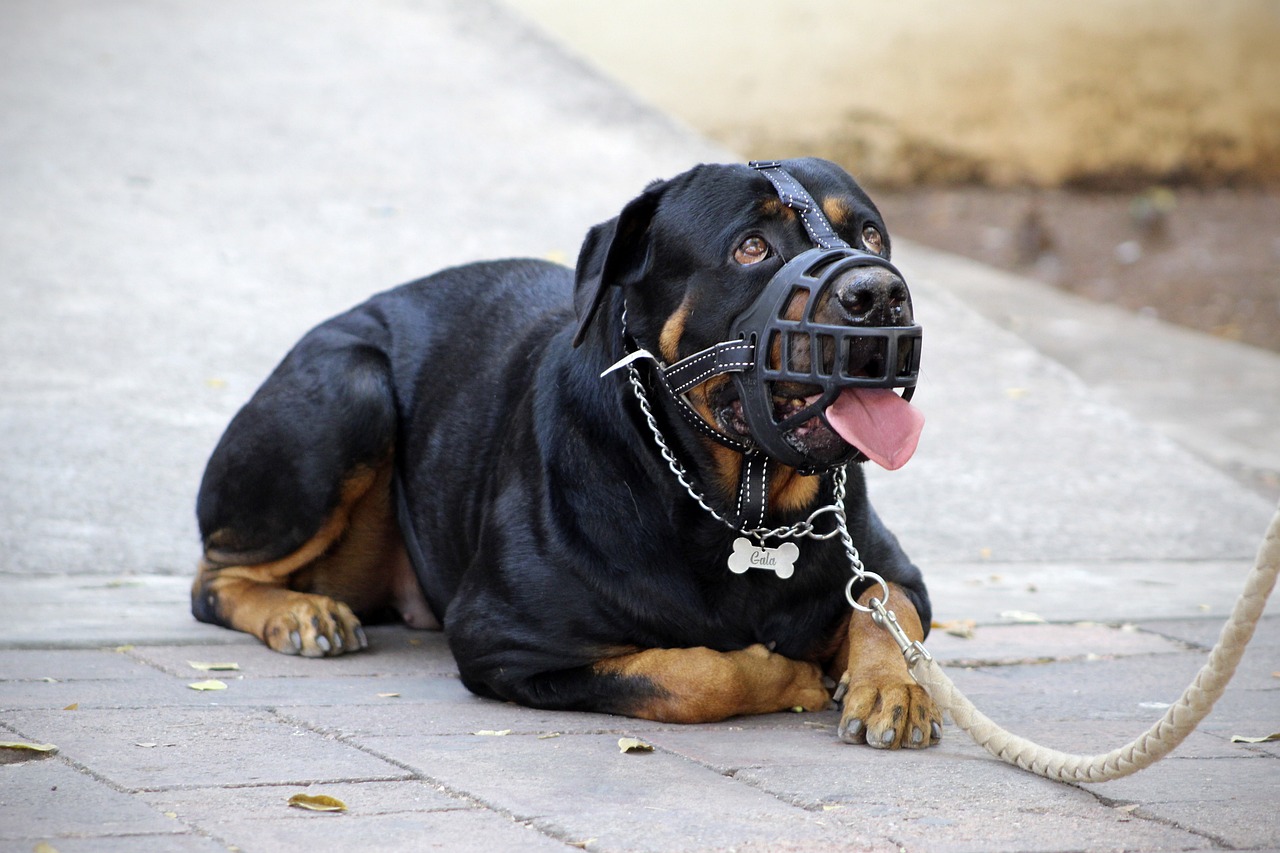 Shutterstock
Shutterstock
Dogs are some of the planet’s most loyal, loving, and eager-to-please companions. Yet even the strongest dog-parent bond can become confusing if humans unknowingly send mixed signals. You may think you’re doing everything right—giving attention, going on walks, and offering treats—but your dog might still be puzzled by your behavior. Miscommunication between species is more common than we realize. If your pup seems anxious, disobedient, or gives you that classic head tilt, chances are you’re accidentally causing some good old-fashioned canine confusion.
Changing the Rules Every Other Day
 Shutterstock
Shutterstock
Dogs thrive on consistency; changing the rules too often will leave them scratching their heads—or your couch. If one day they’re allowed to lounge on the sofa and the next day they’re scolded for it, they won’t understand the logic behind it. Dogs don’t grasp the idea of “exceptions to the rule,” especially when the rule keeps changing. What feels like casual flexibility to you feels like pure nonsense to your pup.
Using Too Many Words and Not Enough Signals
 Shutterstock
Shutterstock
Your dog doesn’t need a monologue—they need clear cues and body language. Long-winded instructions are just background noise to a dog who only recognizes a few keywords. They focus more on tone, facial expressions, and gestures than on the specifics of your vocabulary. So when you give a TED Talk while expecting obedience, they wait for you to stop talking.
Inconsistent Reactions to the Same Behavior
 Shutterstock
Shutterstock
When you laugh at sock theft on Tuesday but get mad about it on Friday, your dog has no idea what changed. Dogs interpret consistency as clarity, and inconsistent reactions muddy the waters. What seems like situational logic to you looks like emotional whiplash to them. You must always react similarly if you want your dog to understand what’s allowed.
Overusing Their Name Without Meaning
 Shutterstock
Shutterstock
Your dog’s name should be a signal, not a word tossed around like confetti. It starts to lose its impact if you say their name constantly without purpose. Dogs begin to tune out repeated, meaningless noises just like humans do. Save their name for attention-getting moments that lead to something.
Offering Affection During Bad Behavior
 Shutterstock
Shutterstock
When your dog growls and you respond with pats, you unintentionally reward bad behavior. Your soothing pet might feel like love to you, but it signals “good job” to your dog. Dogs associate actions with what immediately follows—timing is everything. If bad behavior earns affection, expect it to stick around.
Failing to Recognize Stress Signals
 Shutterstock
Shutterstock
Dogs have a dictionary of stress signs, but most humans skip the reading. Lip licking, yawning, avoiding eye contact, or tense body posture are all ways your dog says, “I’m uncomfortable.” If you ignore these and push them into more stimulation, you teach them that their signals don’t matter. Eventually, they may stop trying to communicate.
Punishing After the Fact
 Shutterstock
Shutterstock
Walking into a room and yelling over a chewed-up shoe doesn’t make sense to your dog. They associate feedback with the present moment, not past actions. What looks like guilt is your dog reacting to your angry tone and body language. Punishing them later makes you scary, not educational.
Giving Conflicting Commands
 Shutterstock
Shutterstock
If your words say “Sit” but your hands or posture say “Come,” your dog is confused. Dogs rely heavily on nonverbal cues; they freeze or misbehave when they don’t match your words. It’s like trying to drive with two GPS voices giving different directions. To them, your mixed signals make no sense.
Not Giving Enough Time to Respond
 Shutterstock
Shutterstock
Dogs don’t have a “buffering” icon, but sometimes need a second to process a command. If you rapid-fire instructions without pause, you overwhelm their ability to react. Repeating a command too quickly can make them think they’re hearing a new one each time. Be patient and give them space to succeed.
Training Only in One Environment
 Shutterstock
Shutterstock
Dogs learn based on context, so mastering “stay” in your kitchen doesn’t mean they’ll understand it at the park. New environments mean new smells, sights, and distractions, which can override previous training. Without variety, your commands won’t carry over. Training should travel with you, just like your dog does.
Using Human Logic on Dog Behavior
 Shutterstock
Shutterstock
Interpreting your dog’s actions like they’re a moody teenager only leads to misunderstandings. Dogs don’t act out of spite, revenge, or long-term plotting—they live in the moment. Peeing on the rug wasn’t a protest; it was probably confusion or anxiety. Apply dog logic, not human drama, and you’ll both be less frustrated.
The Tail End Of The Confusion
 Shutterstock
Shutterstock
Dogs are often better at reading us than we are at reading them, which makes it especially sad when we end up confusing them. Your dog isn’t trying to be stubborn or naughty—they’re just trying to make sense of inconsistent signals. Fortunately, dogs are forgiving and can quickly adjust when given clarity and structure. The key to better communication isn’t fancy treats or gadgets—it’s being consistent, observant, and simple. Drop the confusing habits, stay clear, and your bewildered pup will soon become your calm, confident best friend.

 1 month ago
12
1 month ago
12


















 English (US) ·
English (US) ·